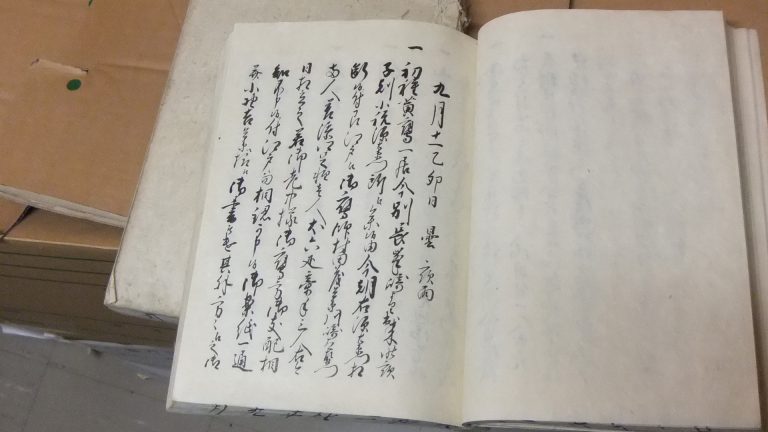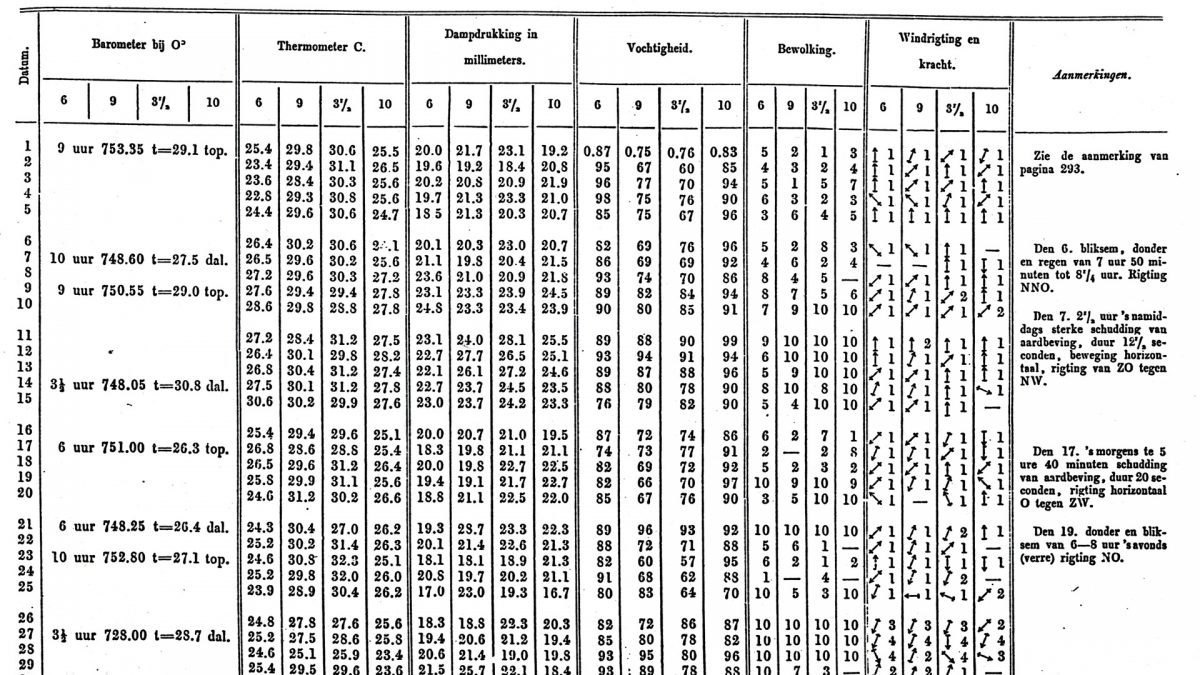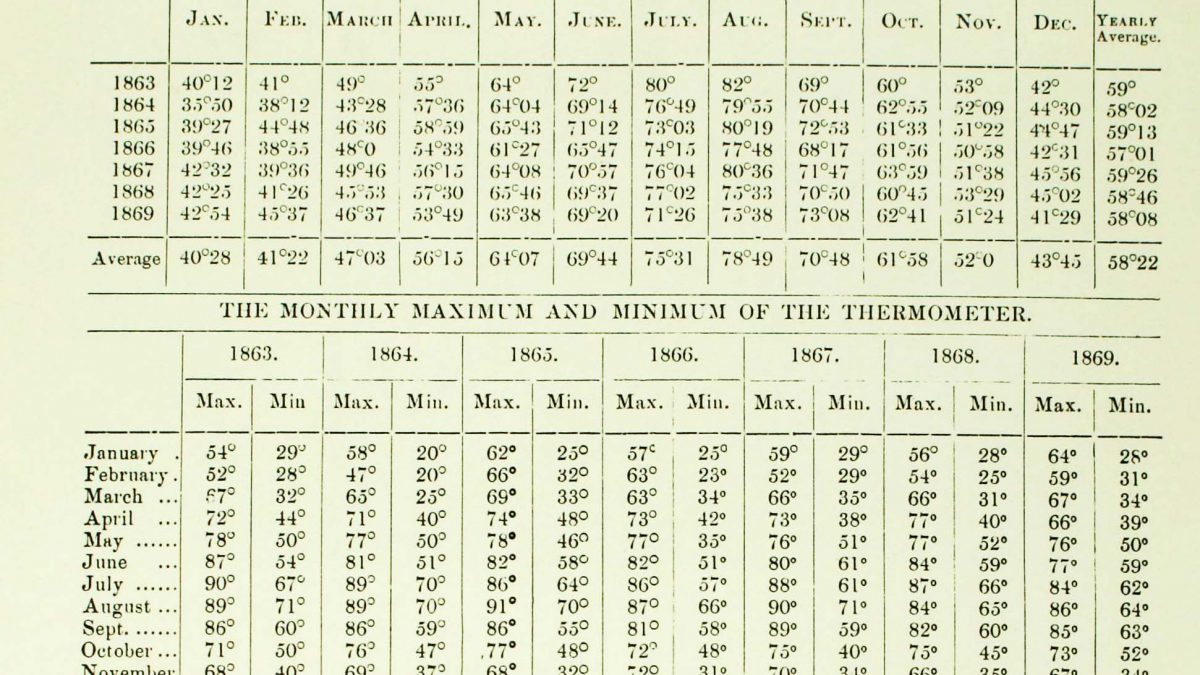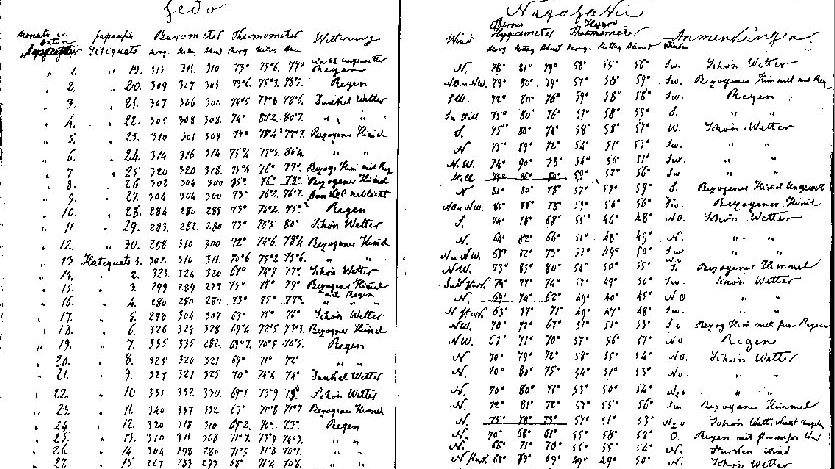NEWS
-
- 2025.1.31
- Dutch Navy ship logs Meteorological Data (1853-1870) has been available.
-
- 2024.1.22
- New Book on Japan’s Climate Published
-
- 2023.10.7
- Invitation to International Symposium Commemorating the 200th Anniversary of Siebold’s Arrival in Japan (Online Zoom)
-
- 2021.11.19
- Climate Atlas (Japan) was renewed
-
- 2021.11.14
- JCDP is in the process of updating the website
-
- 2021.3.14
- PAGES- CRIAS 3rd workshop: State of the Art of Historical Climatology in International Perspective will be held online Zoom on March 19-20, 2021
-
- 2021.1.18
- Reconstructed Typhoon Landfall Data is released
-
- 2018.8.7
- ACRE (Atmospheric Circulation Reconstructions over the Earth) Meeting in Tokyo will be held in November, 2018
-
- 2018.2.11
- Diaries of the Nagasaki-Dejima Chief 1700-1860, 1817-1823 are uploaded
-
- 2018.1.29
- JCDP(Japan-Asia Climate Data Program) website was fully renewed !
Welcome to JCDP !
What does Climate Data mean ? Climate Data here include not only meteorological data, but also various kinds of climate information such as documentary records describing daily weather and seasonal phenomena during the historical period. JCDP will provide information on all sorts of climate data in Japan and Asia from the past to the present.
In Japan, official meteorological observations started at Hakodate Local Meteorological Observatory in 1872 founded by the present Japan Meteorological Agency (JMA). However, our research group discovered dozens of documents which include sub-daily meteorological data observed throughout locations in Japan, such as in Nagasaki, Kobe, Osaka, Yokohama, Tokyo, Mito, Hakodate and so on during the 19th century. Also in East Asia and Southeast Asia, a huge amount of meteorological records, which cover the 19th and 20th centuries up to World War II, have been kept safe in libraries and museums, or in some cases left to decay.
Apart from meteorological data, there are several kinds of historical documentary sources which enable reconstructions of climate variations before the 19th century in and around Japan. Historical documents including diaries of individuals, logs of clan offices, government documents and reports from temples and shrines have been preserved in local libraries and museums. These often contain daily weather descriptions such as “cold”, “fine”, “rainy” and “windy”, and mention special climate-related natural phenomena such as “lake freezing” and “flower blooming”. Information about special climate-related natural phenomena such as “lake freezing” and “flower blooming” are also contained in historical documents.

Imaging and digitization of old paper-based instrumental meteorological records and daily weather records must be carried out before these records are lost or decay. This kind of activity is now called “DATA RESCUE”, and is taking places at many institutions all over the world. In Japan, we have also been working on “data rescue” for Southeast and East Asian instrumental meteorological records taken before the founding of official meteorological agencies.
After rescuing and digitizing the data, it is also important to share the data, therefore this “Japan-Asia Climate Data Program” (JCDP) website is aiming at distributing the data. Besides the instrumental records, data-sets of weather descriptions collected from Japanese historical documents are also included and made available to the public through this website. Past climate reconstructions based on these kind of documentary sources would be essential for not only understanding past climate variability but also projections for future climate.









